Air Balancing – 5 Easy Ways To Avoid Hot And Cold Spots In Your House

We all want our home to feel comfortable. A considerable part of that comfort comes from maintaining an even temperature indoors. The temperature in one room should not vary from another. However, when there are hot and cold spots in the house, we experience unease and discomfort.
Thankfully, central HVAC systems are designed to create a balanced and stable temperature from one room to another. When our HVAC fails to achieve this, most try to find ways to rectify the problem.
Do hot and cold spots plague your home? Here’s a look at what they are and what causes them. We also share the best ways to regulate the temperature in your house.
What Causes Hot And Cold Spots In Your Home?
Contents
Having hot and cold spots in the house can be traced to several problems. Understanding how these problems occur will help you identify the root cause and find ways of removing hot-cold spots indoors. Here are some of the most likely reasons why you have a problem with air balance.
The Way Your Home Is Built
If your home’s design makes airflow more difficult, some areas may likely experience warm spots while other areas may feel cold. It could also be that your home does not have zoning, which could help tremendously in keeping room temperature in specific areas even and constant.
Creating zones allows you to have better control over the temperature of your home. You can increase and decrease temperatures in specific zones independently, ensuring that your comfort needs are met.
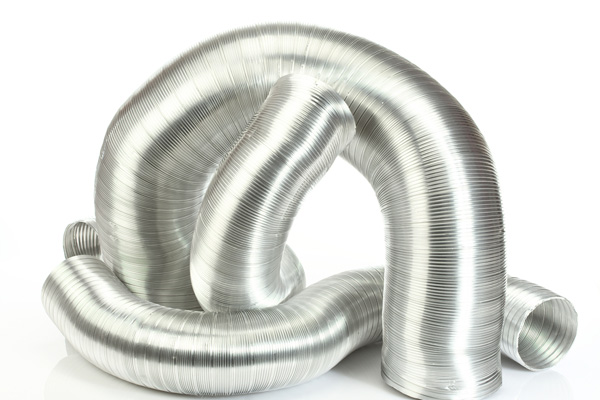
Your HVAC Ductwork Installation
Ductwork has a lot to do with how well you can heat and cool your home. There are two situations where ductwork is to blame for hot and cold pockets in the house:
- Improper sizing of your ductwork system
- Improper design of your duct system
Either one is likely the case in older homes, where ducts may no longer be able to handle the demands of new technology and are no longer energy-efficient.
Blocked HVAC Air Vents Or Restricted Airflow
If you are always on the lookout for ways on how to balance heat in a two-story house, you are not alone. Even if you have a high-efficiency and high-performance HVAC system installed in your home, you will still suffer from uneven temperatures if your air vents are blocked or if the airflow is restricted. Anything that prevents the smooth airflow of warm or cool air will cause certain areas of your home to feel warmer or colder than they should.
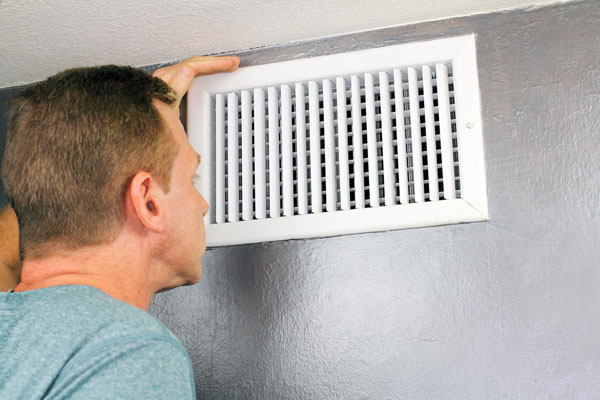
Solar Heat Gain
Even if your system undergoes regular heating and cooling maintenance, you may still experience hot and cold spots if your house suffers from solar heat gain. This happens in areas that receive plenty of sunlight during the day. Homes with older, damaged, or low-efficiency windows often allow more light and heat in. This situation, in turn, affects how well the HVAC system can keep that area comfortable.
Bad Thermostat Location
If your thermostat is located in an area that receives direct sunlight, the heat from the sun will affect its capacity to read temperatures correctly. As such, it will adjust the temperature to the wrong level. The same goes for thermostats located in drafty areas or that receive heat from lamps.
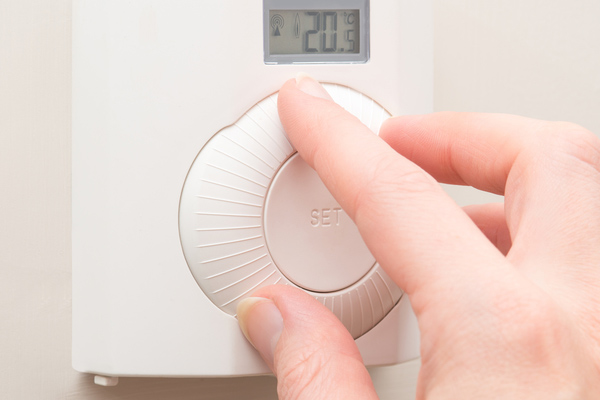
Air Leaks
Air leaks are notorious for causing hot and cold spots at home. Joint gaps, cracks, holes, and damages where walls and ceilings meet allow indoor air to escape outside, which drastically changes the temperature in a room.
HVAC Equipment Is The Wrong Size
HVAC sizing refers to the capacity of the HVAC system to heat or cool a home based on its size. If a heating or cooling system is an incorrect size, it may be too large or too small for your home. Either way, this will result in severe inefficiency. Also, you will face issues such as short cycling, poor indoor air quality, high humidity, and uneven temperatures.
Ways To Eliminate Hot And Cold Spots
Thankfully, hot and cold spots are repairable. Furthermore, some remedies are quite easy and inexpensive. Here are some of the most common solutions you can implement.
Make Sure The Vents Aren’t Blocked
Check the air vents in every room to ensure that there is no obstruction directly in front or over them. Solid objects such as furniture and plants affect the airflow and will prevent the system from distributing warmed or cooled air. This also holds true for closed vents. Keep all the air vents in your house open. Reposition, remove, or relocate the object to allow air to flow freely.
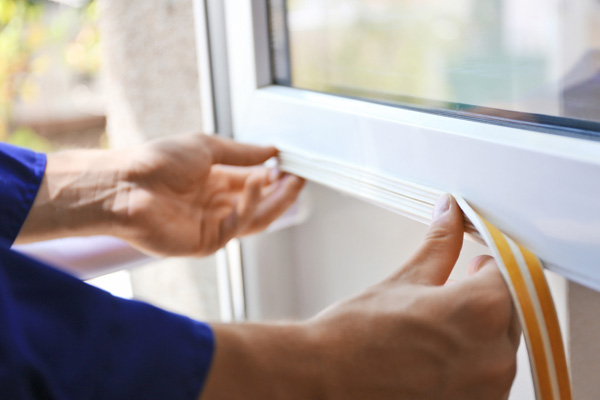
Look For Drafts
Drafts cost homeowners hundreds of dollars in energy costs per year. Holes, cracks, and gaps in your home let indoor air escape and allow outdoor air in, wreaking havoc in your system. Look for possible sources of drafts in joints, windows, and doors and have these fixed.
Think About Your Insulation
If your insulation is outdated or if you have an older home, consider having it inspected to see if it is causing temperature fluctuations between rooms. Some types of insulation materials also do not last as long as others, which may be the reason why you have a temperature difference between the basement and the main floor, for example, or a colder kitchen and a warmer living room.
Use Zoning, and Good Thermostats
Zoning is an effective way of removing hot-cold spots. With zoning, you can increase or decrease the temperature in certain areas. This way, you can enjoy a balanced and comfortable environment that matches your preferences. Talk to an HVAC contractor about your zoning options. Be sure to ask about ductless mini-split systems. It is also a good idea to install a smart thermostat for your system to help automate temperature adjustments when and where needed.
Be Sure To Schedule HVAC Maintenance Regularly
HVAC maintenance is often something homeowners ignore until their system starts acting up. Getting it inspected annually helps identify potential problems early and get them fixed.
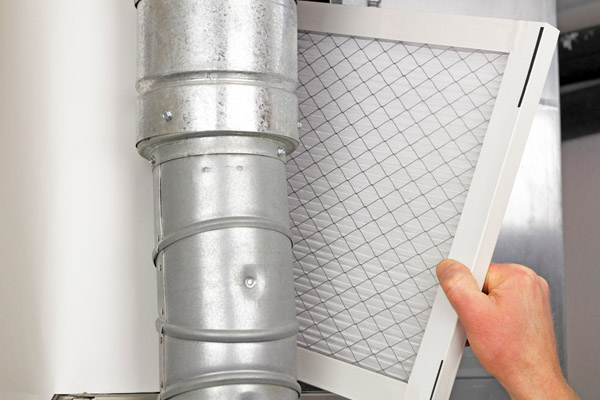
Keep Your HVAC Air Filters Clean
If your house feels colder than thermostat says or if there are warm spots in areas that should be cool, your HVAC system may be suffering from inefficient airflow. One of the most common causes of problematic airflow is a clogged filter. Once a month, check your air filters and clean them or replace them. Having clean air filters not only improves indoor air temperature, but they also help prevent the increase of pollutants in your indoor air.
Use Window Coverings
Quite literally, the simplest and most inexpensive way to fix hot and cold spots indoors is to use window treatments. Curtains and blinds can help control the amount of sunlight that enters your home. Hence, your HVAC system does not have to work harder than it should to maintain indoor temperature.
Call Point Bay Fuel For All Of Your HVAC Requirements

Fixing hot and cold spots in your house does not have to be a complex process. In most cases, the issues are not as serious as many homeowners fear. A few key, simple steps are all it takes to correct the problems. Keeping a good balance in indoor air, especially in terms of airflow, temperature, and direction will keep indoor temperatures at a level that keeps you and your family comfortable.
Point Bay Fuel offers superior heating and cooling services in the area. We hire the best NATE certified technicians who can provide you with excellent HVAC tune-ups, repairs, installations, and replacements. Each of our techs has the knowledge and experience to service your HVAC system correctly. Likewise, we can find the best home comfort solutions for your home.
By working with Point Bay Fuel, you can rest assured that you are in good hands. We offer the most competitive HVAC service costs in the area, and we back our work with a guarantee. Our heating and cooling services prioritize energy efficiency, comfort, indoor air quality, and more. To schedule an appointment, give us a call today for a free, in-home estimate.
Contact us now by calling (732) 349-5059 to speak to one of our home comfort specialists!
